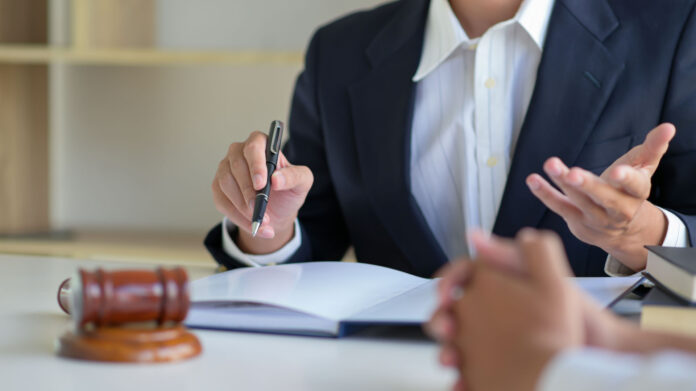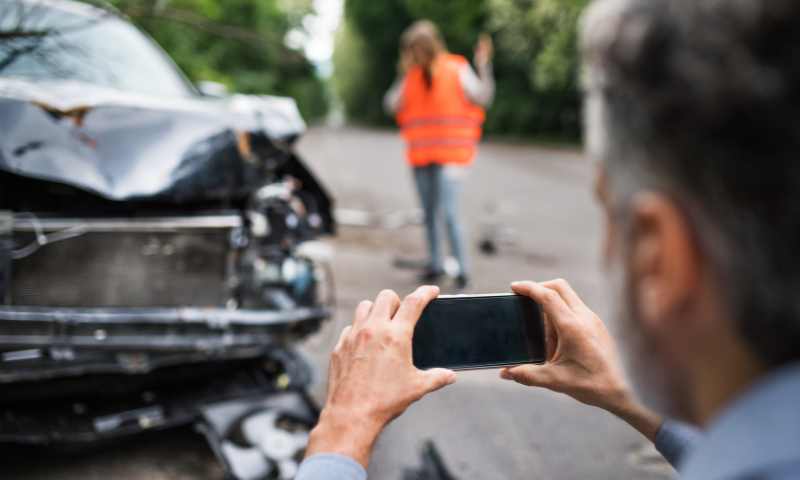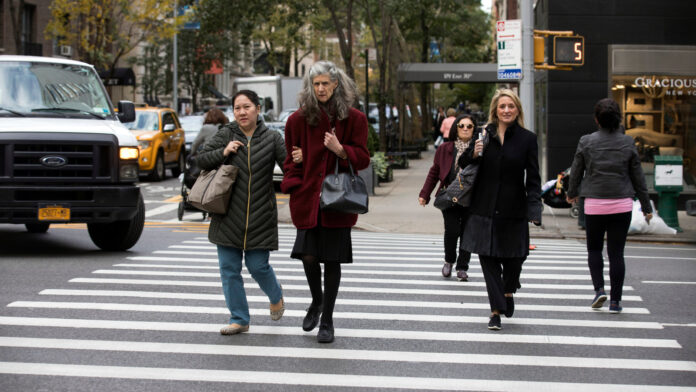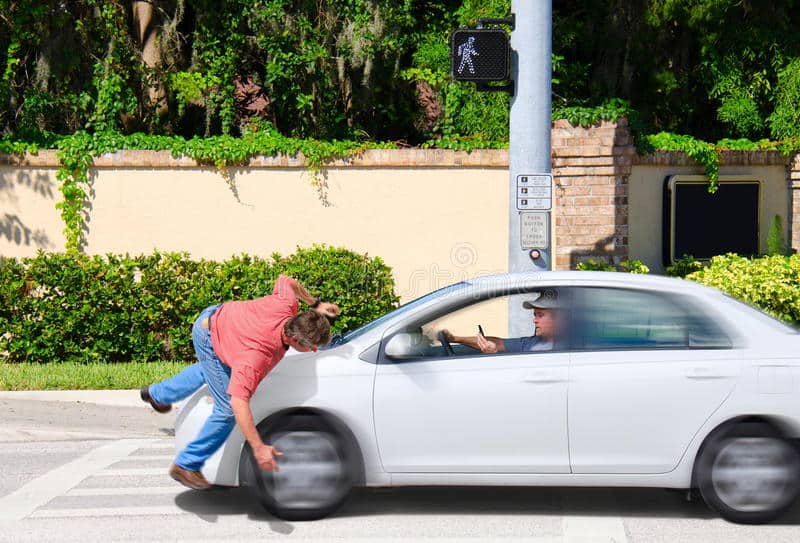Traversing the concrete jungle of New York City on foot can be an exhilarating yet daunting experience. The hustle and bustle of the city that never sleeps means pedestrians need to stay vigilant about their safety. However, accidents do happen, and understanding the steps to take in their aftermath is crucial for both your health and your legal rights.
The following guide will navigate you through the complexities of these situations, breaking down the daunting process into manageable chunks.
Working With personal injury attorneys

Navigating the complex legal landscape in the aftermath of a pedestrian accident can be overwhelming. Engaging a personal injury attorney can ease this process, as they bring expertise in dealing with similar cases and are well-versed in the nuances of the law. Face it, it is impossible for you or anyone else who has not studied law to come on top of this on their own.
Professionals like New York Pedestrian Accident Lawyer can assist in gathering evidence, negotiating with insurance companies, and representing you in court if needed. Their guidance not only alleviates the stress associated with legal proceedings but can also improve the chances of a favorable outcome.
Seeking medical attention and documenting injuries
In the wake of an unfortunate event, your health is paramount. Regardless of how minor the injuries might appear initially, it’s crucial to seek immediate medical attention. Often, the shock and adrenaline that follows an accident can mask the severity of physical harm. A medical professional can provide a thorough evaluation and ensure that you receive appropriate treatment.
Beyond the immediate health implications, the medical documentation generated during these examinations plays a vital role in legal proceedings. It provides objective evidence of the harm sustained, solidifying your claim. Details such as the time, date, and nature of your injuries, as well as the treatment provided, contribute to a comprehensive record of the accident’s impact on your health.
Reporting the accident to authorities
After ensuring your health is in check, it’s essential to report the incident to the relevant authorities. This often entails contacting the local police department and filing an official accident report. In this narrative, include as many details as possible. Remember, an accurate record can significantly assist in establishing facts during potential legal actions.
Once a report has been lodged, keep a copy for personal records. Having your own reference to the event’s details, as recorded in the immediate aftermath, can be invaluable down the line. As time passes, memories may blur, but this document will always provide a clear picture of the incident.
Gathering evidence at the accident scene

Your presence of mind at the site of the accident can substantially influence the outcome of any subsequent legal proceedings. If you’re able, strive to collect as much evidence as possible. This includes taking photographs of the scene, your injuries, and any damage to the vehicle involved.
Apart from visual documentation, writing down your recollection of the event while it’s fresh in your memory can also be beneficial. Your narrative of the incident, combined with the photos, will create a robust evidence package to support your potential claim.
Identifying witnesses and getting their statements
Eyewitnesses play a pivotal role in corroborating the details of an accident. If people were present when the event unfolded, endeavor to collect their contact information. Their observations and statements may provide additional perspectives that strengthen your claim.
A follow-up conversation or correspondence with these individuals can be helpful to secure their cooperation should they be needed to provide a statement in the future. Their accounts, when combined with your evidence, can make a persuasive argument in your favor.
Contacting law enforcement and insurance companies
Involving law enforcement is an essential step in the aftermath of an accident. Police officers can offer an impartial perspective on the event, and their official report can serve as a crucial piece of evidence in your favor. Prompt contact ensures the facts are recorded accurately, providing a solid foundation for your legal journey.
Similarly, it’s important to notify your insurance provider about the accident as soon as possible. Your insurer will guide you through the process of filing a claim, based on the coverage limits of your policy. Remember to be transparent about the incident and share all the available evidence to support your claim.
Understanding New York’s pedestrian laws NEW

Familiarity with New York’s pedestrian laws can be beneficial in understanding your rights and responsibilities in the event of an accident. These regulations stipulate how motorists and pedestrians should interact on the roads, and any breach can be seen as negligence.
Knowledge of these laws can help decipher the complexities of liability. For instance, a driver failing to yield to a pedestrian in a crosswalk is a violation of New York Vehicle and Traffic Law Section 1151 and can be used to establish fault in an accident.
Determing liability and fault in pedestrian accidents
Establishing who’s at fault in an accident is pivotal to your case. In New York, the principle of ‘comparative negligence‘ is applied, meaning both parties involved may share liability depending on their actions leading up to the incident.
While this might seem complicated, don’t despair. Through careful examination of evidence and consideration of witness statements, it’s possible to ascertain the degree of fault for each party. This critical step can affect the potential compensation received in a personal injury claim.
Final thoughts

Being involved in a pedestrian accident can be a traumatic experience. However, knowing what steps to take afterward can provide some peace of mind. From seeking medical attention to understanding New York’s pedestrian laws and working with a personal injury attorney, each step can significantly impact the outcome of your case. While this guide aims to inform and empower, it’s vital to remember that each accident is unique, and professional legal advice should be sought in each case. Stay safe on the streets of New York, and remember, knowledge is the first step to protecting your rights.









